Are you importing or manufacturing goods for the UK market? If so, you will likely need to comply with certain product and packaging labelling requirements. Additionally, some categories of products require a mark of compliance (e.g. UKCA Mark) to be placed in the UK market.
In this article, we cover most of the common labels found in various products sold in the United Kingdom, including electronics, toys, and food contact products. This article does not apply to Northern Ireland as they follow EU rules.
Content Overview

FREE CONSULTATION CALL (US, EU & UK)
- Request a free 30-minute call with Ivan Malloci to learn how we can help you with:
- Find product requirements
- Certification and labeling
- Lab testing
UKCA Marking
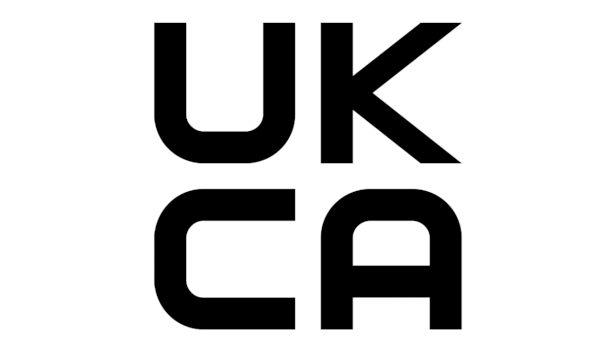
From 1 January 2021 onwards, products placed in the UK require the UKCA Mark. The UKCA Mark serves the same function as the CE mark in the sense that it communicates to the consumer that the product is compliant with the relevant regulations affecting it.
However, that is not to say that the CE mark has become obsolete as there are situations where importers and manufacturers may use the CE mark in the UK (until 1 January 2023).
Product examples
The following are some product categories that require the UKCA Mark:
- Electronics
- Toys
- Lifts
- Machinery
- Personal protective equipment
- Recreational craft
CE Marking
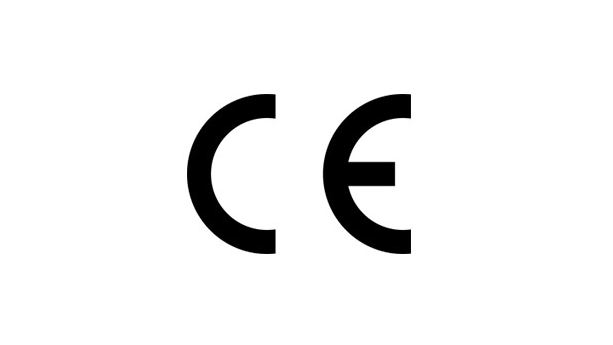
As explained in the previous section, the CE mark can still be used to enable importers and manufacturers to place their goods in the UK. However, there are two situations where it cannot be used. The first is that it cannot be used for goods placed in the UK after 1 January 2023.
Secondly, even before said date, the CE mark should not be used if all of the following statements are true:
a. The product is intended for the market in the UK (excluding Northern Ireland)
b. The product falls under the ambit of UK legislation which requires the UKCA marking
c. The product category and related UK regulations require mandatory third-party conformity assessment(s) to be done
d. The UK conformity assessment body performed the conformity assessment
Product examples
In general, the CE mark was required for products that now require the UKCA Mark, such as:
- Electronics
- Toys
- Medical devices
- Personal protective equipment
Crossed out wheeled bin symbol (Electronics)
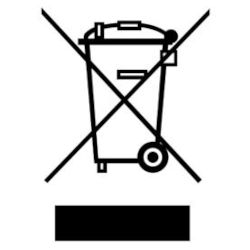
The Waste Electrical and Electronic Equipment Regulations 2013 (WEEE) regulate most EEE products in the UK. The legislative aim is to decrease the amount of waste sent to landfills or for incineration.
To achieve this end, the legislation requires importers and manufacturers to affix the symbol of the crossed-out wheeled bin to their products to communicate to end users that they should not discard the EEE product in unsorted waste.
Product examples
The legislation covers 14 broad categories and contains product exemption and exclusion categories that should be observed.
Products affected by the legislation include:
- Electric fans
- Electric heating appliances
- Electric knives
- Personal and Laptop computers and peripheral devices
- Calculators
- Audio Amplifiers
- Video cameras
Crossed out wheeled bin symbol (Batteries)
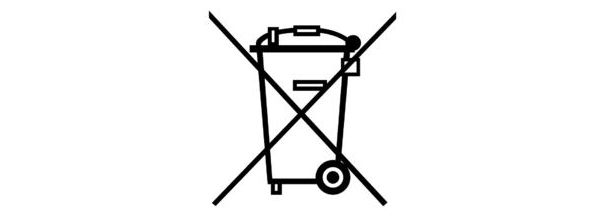
The Waste Batteries and Accumulators Regulations 2009 regulate batteries and accumulators placed in the UK market to promote sustainable practices. To this end, applicable products should include chemical labelling and a crossed-out wheeled bin symbol.
Product examples
The regulations cover most batteries of various physical appearances and associated appliances, including:
- Sealed lead-acid batteries
- Nickel–cadmium batteries
- Nickel–metal hydride batteries
- Lithium-metal batteries
Textiles Labelling
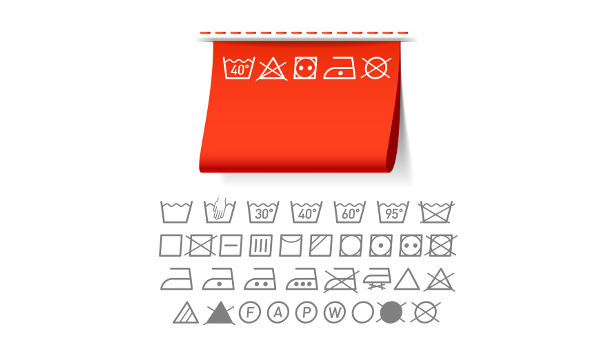
Certain clothing and textile products require labelling. The Textile Products (Labelling and Fibre Composition) Regulations 2012 enables consumers to make informed decisions regarding their purchases of clothing and textile goods.
The regulations require the product to carry a label that communicates the composition of textile fibres contained in the product (unless an exception applies).
There are no legal requirements to include textile care labelling or size labels. However, GINETEX symbols are commonly used by textile and clothing importers and manufacturers.
Product examples
Textile product refers to any “raw, semi-worked, worked, semi-manufactured, manufactured, semi-made-up or made-up product which is exclusively composed of textile fibres, regardless of the mixing or assembly process employed”.
The UK regulation affects most textile products, including the following:
a. Products consisting of 80% or more by weight of textile fibres
b. “Furniture, umbrella and sunshade coverings” consisting of 80% or more by weight of textile components
c. The textile components of mattresses and the upper layer of multi-layer floor coverings, and the coverings of camping goods
Excluded product categories can be found in Annex V of the regulation.
Toy Warning Labelling
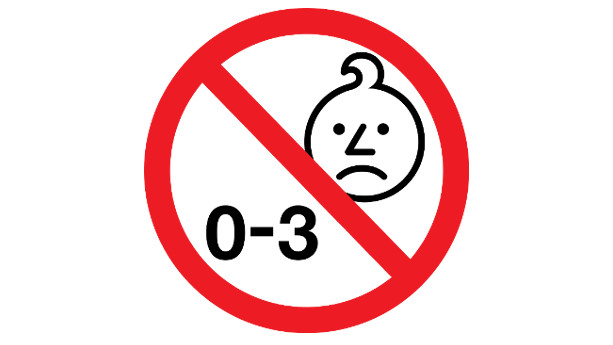
The Toys (Safety) Regulations 2011 aim to increase the level of safety among toy products placed in the UK market. It does this by imposing legal obligations on importers or manufacturers to adhere to “essential safety requirements” and labelling requirements.
Warning labels are generally required for most toys to specify user limitations, whether the toy should be used with adult supervision only, or the weight of the user.
For certain products, specific warnings should be provided, including for example:
a. A choking hazard for toys that are not suitable for children below three years old
b. A “Warning: To be used under the direct supervision of an adult” marking on functional toys
c. A “Warning: protective equipment should be worn. Not to be used in traffic” marking on toys like skateboards and skates
d. A “Warning: only to be used in water in which the child is within its depth and under adult supervision” on toys used in water like rubber rings.
Additional requirements for labelling and packaging exist for toy products with inherently dangerous substances or preparations, and traceability purposes.
Product examples
The regulation covers most toy products designed or intended for playing by children under 14 years old, including the following toy categories:
- Electronic toys
- Educational toys
- Plush toys
- Arts and crafts
Food Contact Materials Labelling
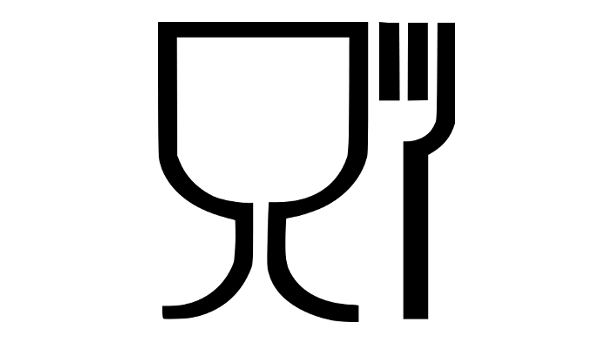
The Materials and Articles in Contact with Food Regulations 2012 ensure that food contact materials (FCM) are suitable for food use. Such products that comply with the regulations should bear the wine glass and fork symbol. However, it’s only needed if the products used as food contact material are not obvious to the end consumer.
For this reason, you don’t need this symbol in case you are manufacturing or importing food contact materials used in daily life, such as cutlery, drinking glasses, and common kitchen appliances.
Product examples
The following are food contact material products that would typically bear the symbol:
- Cling film
- Ceramic products
- Plastic containers
Energy Label
The Energy Information Regulations 2011 ensures that importers and manufacturers inform consumers of the energy efficiency of their products. Such energy-related products should have the printed energy level and be accompanied by product information (i.e. a product fiche).
The energy label should include the following information:
a. Product model number
b. Supplier’s name or trademark
c. Amount of energy it consumes as per product-specific regulations
d. Specific data as per the applicable product regulation, in pictogram format
e. The energy efficiency class
f. The UK flag
g. A QR code (where applicable) that must link to the required model information on a publicly accessible website
The text contained in the label should be written in English. On the UK government’s site, one can create an energy label.
Product examples
The following are some products that require the energy label:
- Domestic ovens
- Lighting products
- Refrigerating appliances
- Vacuum cleaners
- Washing machines and washer-dryers
- Water heaters
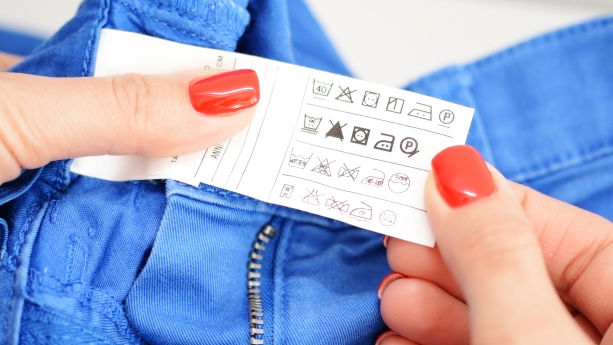
Traceability Label
Various regulations (e.g. FCM regulations) compel importers or manufacturers to provide identifiable information related to the company and the product. The information provided in the label is commonly known as “traceability information”.
The information is normally found on the product’s label. However, it’s also possible for it to be found on its packaging, or in a document accompanying the product.
Such information generally includes the following:
a. Type, batch, serial, and model number of the product
b. Manufacturer’s name, registered trade name, trademark
c. Manufacturer’s contact address
Different legislations will have different traceability requirements, and legislative changes are common. Thus, importers and manufacturers should keep abreast of regulatory changes affecting their products.
Product examples
The following are product categories that may have traceability requirements:
- Food contact materials
- Toys
- Furniture
- Electronic and Electric products
- Clothing and textile products
Packaging Recycling Labels
In this article, we have covered some products that must have recycling labels (e.g. see the section on WEEE products). However, there are many other recycling labels that may appear on your package, including:
- The Mobius Loop (indicates that the packaging, and sometimes the product, is recyclable)
- The Forest Stewardship Council logo
- The Corrugated Recycles logo (i.e. cardboard packaging)
- The Tidy-man logo (from Keep Britain Tidy)
- The Widely Recycled logo
Footwear Labels
The Footwear (Indication of Composition) Labelling Regulations 1995 ensures that most footwear is accompanied by information regarding its material composition.
Labels placed on such products should contain English text or a clear pictogram form that communicates what material makes up 80% of the following features of the footwear:
a. The upper’s surface area
b. The lining’s and sock’s surface area (this refers to the lining of the upper and the insole, which makes up the inside of the footwear product)
c. The outer sole
Product examples
The following are product categories that may need a footwear label:
- Leather footwear
- Synthetic leather footwear
- Coated leather footwear
- Textile footwear
Amazon (UK) Product Labelling Requirements
Amazon doesn’t set its own labelling requirements. However, they do require that products sold on their platform are compliant with labelling and other regulatory requirements for each respective country.
Importers and manufacturers that sell on Amazon.co.uk would need to ensure that their product is labelled according to UK labelling requirements (like those presented in this article).
Also, Amazon may require product and packaging images as evidence supporting that your product is correctly labelled.
FAQ
Does my product need more than one label?
Products are rarely affected by only one legislation, and it is common for products to feature more than marks and labels. Importers and manufacturers may also feature multiple marks and labels for products that are placed in multiple regions as different jurisdictions will have different requirements.
However, importers and manufacturers should keep in mind that different jurisdictions may have laws and legislation affecting the presentation of such marks and labels.
Do I need a country of origin label when selling in the UK?
A country of origin label is commonly required for food products. However, non-food products generally do not require a country of origin label. If one elects to provide information relating to the country of origin of their product, then it must not be false or misleading. To ensure that it is not false or misleading, the rules of origin should be carefully observed.
Can I label the product once it’s imported into the UK?
In general, a product must be correctly labelled ‘once it’s placed on the market. This can be interpreted in many ways. However, to smoothen the process of introducing a product to the UK market, suppliers should ensure that their product is correctly labelled before it is imported.
In this way, suppliers may avoid increased costs associated with labelling the products once imported (as it would be relatively cost-effective for the manufacturer to place desired labels and marks).
Following the advice also helps with avoiding instances where customs authorities have seized imported products for not being correctly labelled.
Thus, it is more beneficial to take care of all the necessary labels and marks before importing (assuming that the product is not manufactured in the UK).
Are barcodes required when selling in the UK?
Barcodes are not mandatory but are strongly recommended if you intend to sell to retailers or online marketplaces.
Some of the companies that use and require GS1 barcodes include:
- Amazon
- Tesco
- Sainsbury’s
- WHSmith
- Nestle
- Walmart
- Macy’s

















I know of a UK retailer that sells some goods, with a discriptors in French only. the vast majority of UK residents do not/cannot read French. Does this breach compliance?
Hello Wayne,
The EU principle is that the labels must be present in the language/s of the member state in which the product is sold.
Unless the UK eliminated this principle, I would say it is quite likely that it remains. That said, I have not looked up any source stating if this is the case.
Hey, someone guide me please!
I’m selling in uk, my product is food suppliment and Amazon is asking for haccp or gfsi certificates,i provide haccp but amazon reject that certificate with reson of “Product Images non-compliant” and also i receive email from amazon in which amazon says, your images are not according to uk labeling requirements and update the detail page according to compliance product image label, what should i do now, any one know the solution then please guide me.